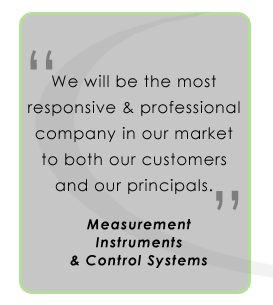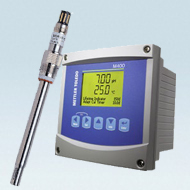|
METTLER TOLEDO: Improve Boiler Operations in Sugar & Alcohol Mills |
|
March 2023, MARIETTA, GA ~ The need to control pH in sugar and alcohol mills is well accepted, but it is not the only process parameter that should be regulated. Using conductivity measurement to control the quality of pure water fed to boilers and produced during purification leads to less maintenance and greater boiler efficiency. pH control is perhaps the most critical analytical factor in sugar cane refining. Nonetheless, other analytical parameters play a significant role in efficient mill operations. Conductivity measurement is a very common parameter monitored in sugar as well as alcohol mills. Two applications that are most prevalent are, analyzing water quality during reverse osmosis purification for power cogeneration, and monitoring the return of condensed water to the boilers. Both applications involve low conductivity values, which is best measured with 2-electrode conductivity sensors. Ensuring quality of boilerfeedwater: It is common to find power cogeneration technology employed in the sugar and alcohol industry. This is largely due to the cheap and readily available cane bagasse that can serve as fuel for the steam-generating boilers. The water used in the boiler must be very pure, i.e. free from ions capable of forming insoluble salts that can build up in the boilers’ pipes (salt deposits in the piping lowers thermal efficiency and can potentially cause accidents).Consequently, before feeding the boilers the water must undergo treatment (reverse osmosis and deionization with ion exchange resins). Measuring conductivity after treatment will verify purity and allows water that does not meet the required standard to be diverted for further processing. The water should have a conductivity ranging between 0.5 and 10 μS/cm after reverse osmosis or demineralizing treatment. Monitoring of condensed water:
|



 The condensate of the steam generated by the boilers is continuously reused. This requires carefully controlled conditions for maximum efficiency and longevity of the equipment. Using conductivity to evaluate water quality is cost-effective and very reliable. The ideal conductivity value for this application is 20 – 50 μs / cm at approximately 100 °C.
A conductivity measurement system highly suited to both applications comprises:
The condensate of the steam generated by the boilers is continuously reused. This requires carefully controlled conditions for maximum efficiency and longevity of the equipment. Using conductivity to evaluate water quality is cost-effective and very reliable. The ideal conductivity value for this application is 20 – 50 μs / cm at approximately 100 °C.
A conductivity measurement system highly suited to both applications comprises: